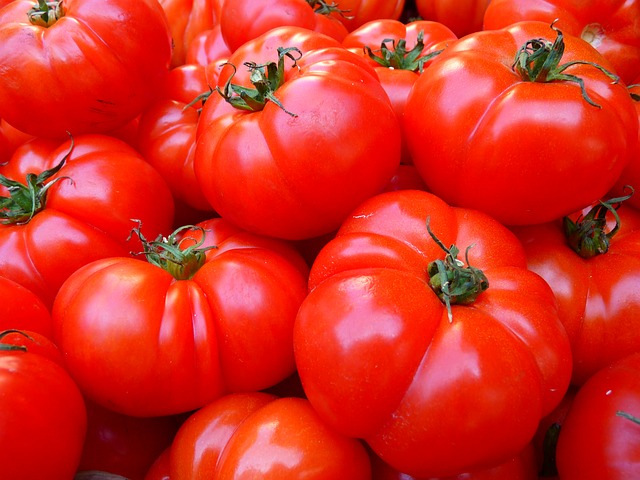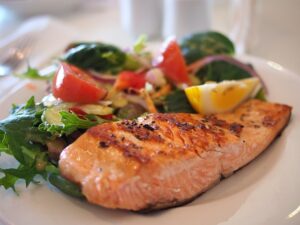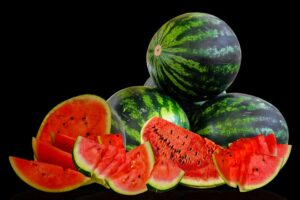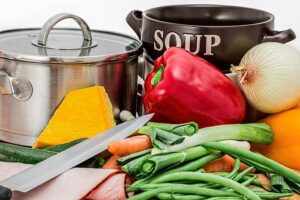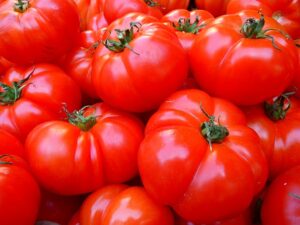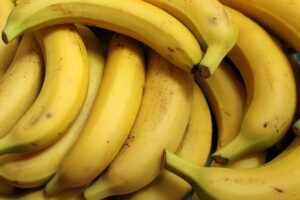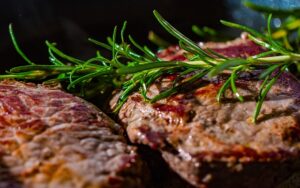Introduction
Getting 180 grams of protein a day is a common goal for individuals looking to build muscle, lose weight, or maintain a healthy diet. Protein is an essential macronutrient that plays a crucial role in repairing and building tissues, supporting immune function, and providing energy. However, reaching this protein target may seem challenging for some people. In this article, we will explore various strategies and food sources to help you achieve your daily protein goal.
Calculating Your Protein Needs
Before diving into the specifics, it’s important to determine your individual protein requirements. The recommended daily protein intake varies depending on factors such as age, sex, activity level, and overall health. As a general guideline, the average sedentary adult requires about 0.8 grams of protein per kilogram of body weight. However, for those engaged in regular exercise or strength training, the protein needs may be higher.
To calculate your protein needs, multiply your weight in kilograms by the appropriate factor based on your activity level. For example, if you weigh 70 kilograms and engage in moderate exercise, you would multiply 70 by 1.2, resulting in a daily protein requirement of 84 grams.
Choosing High-Protein Foods
To meet your protein target, it’s essential to incorporate a variety of high-protein foods into your diet. Here are some excellent sources of protein:
Poultry and Meat: Chicken breast, turkey breast, lean cuts of beef, and pork tenderloin are all rich in protein. Aim for lean cuts to minimize saturated fat intake.
Seafood: Fish like salmon, tuna, and cod are not only high in protein but also provide omega-3 fatty acids, which offer numerous health benefits.
Eggs: Eggs are a versatile and affordable protein source. They also contain essential vitamins and minerals.
Dairy Products: Greek yogurt, cottage cheese, and milk are all excellent sources of protein. Opt for low-fat or non-fat options to reduce saturated fat intake.
Legumes and Beans: Lentils, chickpeas, black beans, and other legumes are not only high in protein but also rich in fiber and other nutrients.
Nuts and Seeds: Almonds, peanuts, chia seeds, and hemp seeds are protein-dense options that can be added to meals or enjoyed as snacks.
Meal Planning and Distribution
To ensure you’re getting enough protein throughout the day, it’s important to distribute your protein intake evenly across meals and snacks. Aim to include a source of protein in each meal, such as lean meats, eggs, or legumes. Additionally, incorporating protein-rich snacks like Greek yogurt, protein bars, or nuts can help you reach your daily goal.
Planning your meals in advance can also be helpful. Consider batch cooking and meal prepping to ensure you have protein-rich options readily available. This can save time and make it easier to stick to your protein targets.
Supplements
While it’s generally best to obtain nutrients from whole foods, protein supplements can be a convenient option to boost your protein intake. Protein powders, such as whey, casein, or plant-based options like pea or soy protein, can be mixed into shakes or smoothies. However, it’s important to note that supplements should not replace a balanced diet but rather complement it when necessary.
Conclusion
Meeting a daily protein target of 180 grams may seem daunting, but with proper planning and food choices, it can be achievable. Remember to calculate your individual protein needs, choose a variety of high-protein foods, distribute protein intake evenly throughout the day, and consider supplements when necessary. By incorporating these strategies into your daily routine, you can reach your protein goals and support your overall health and fitness.
References
– Mayo Clinic: Protein: How Much Do You Need? – mayoclinic.org
– Healthline: 10 High-Protein Foods for Weight Loss – healthline.com
– Harvard Health Publishing: How Much Protein Do You Need Every Day? – health.harvard.edu

